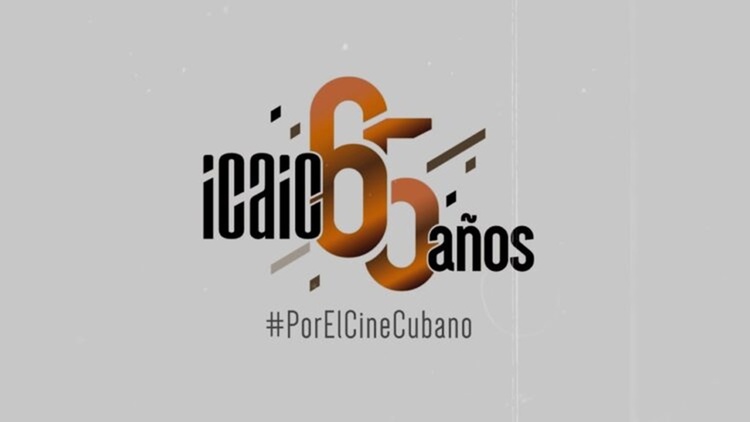
ICAIC and Casa de las Américas celebrate 65 years
The significance and impact in the Latin American intellectual and artistic field of the Casa de las Américas and the Cuban Institute of Cinematographic Art and Industry (ICAIC) were highlighted, two fundamental institutions in the cultural history of the Cuban nation, 65 years after their foundations. . the theme of the inaugural conference of the Thought Our Memory Congress, an event that constitutes the backbone of the XXXI May Pilgrimage.
Researcher Jorge Fornet, head of the Literary Research Center at Casa de las Américas, and Manuel Herrera, director and 2022 National Film Award winner, addressed the points in common between both institutions and the history of their crossed paths, since there were few days that separated both foundations, that of Icaic on March 24, and Casa, on April 28, 1959, headed by two figures of great influence in Cuban culture and politics, such as, respectively, Alfredo Guevara and Haydée Santa. Maria.
“It makes sense that after more than 60 years we continue talking about Casa, Haydée's leadership, the creation of the Hispano-American Literary Contest, today the Casa de las Américas Prize, and the cultural advances that supported it,” Fornet commented. More than six decades that also speak of the legacy of the works to the Latin American cultural heritage and the impulse of an impressive movement of creators in Latin America.
Among Casa's milestones, Fornet highlighted, the ways of rethinking the ways of creating depending on the contexts stand out, as well as common belonging as one of its purposes, by bringing together a large number of artists and intellectuals in its first years.
The Icaic and the House of the Americas, more than 60 years supporting a good part of the cultural weight of the continent from Cuba and radiating to the world. Photo: Robert Rodríguez.
Thus he gave voice to numerous personalities from the continent, including writers as diverse as Virgilio Piñera, Miguel Otero Silva, Enrique Labrador Ruiz, Miguel Ángel Asturias, Nicolás Guillén, Benjamín Carrión, Humberto Arenal, Eduardo Manet, Mario Parajón, Lino Novás Calvo. , Antonio Ortega, Roger Callois, Alberto Robaina, Alejo Carpentier, Jorge Mañach, Manolo Corrales and Fernando Benítez, Carlos Fuentes and Mirta Aguirre, who pose with Haydée Santamaría in a photograph that records the organizers and jury of the first Hispano-American Literary Contest. made in 1960.
It also brought together the Latin American writers of the boom, poets like Margaret Randall and Mario Benedetti, the Canción Protesta meetings, and the first concert together, in the Che Guevara room, of the great Cuban singer-songwriters Silvio Rodríguez, Pablo Milanés and Noel Nicola in 1968 , which was the seed that germinated in the New Cuban Trova Movement. Casa was also the reason for the birth of the friendship and collaboration between its founders, Haydée and Alfredo, and which would give rise to a project as peculiar and beautiful as the Icaic Sound Experimentation Group; or the points of contact between the life and work of creators such as Santiago Álvarez, Julio García Espinosa, Tomás Gutiérrez Alea and Roberto Fernández Retamar.
Manuel Herrera, for his part, highlighted the cultural revolution that was generated in the country starting in 1959 with the creation of several institutions such as the Icaic, the Casa and the National Ballet of Cuba, around which the thought and the action. of important personalities. “The relationship between these institutions was very close, we were integrated,” he stated and insisted that Icaic Noticias Latinoamericanas expressed a continental will; because “it was the first time that there was a strong link with Latin America, where institutions like the House of the Americas were given visibility.” Two important documentary materials thus stand out. Let's walk through the house by Víctor Casaus and Conversation with Haydée Santamaría by Manuel Herrera himself.
Icaic proposed that the young artists who make up its ranks be trained in the midst of the country's reality and inviting important filmmakers to Cuba to contribute to their training was a way to encourage them. “This is how Agnés Varda or Chris Marker came to Havana with influences from the French New Wave. They were artists who taught us how to think about cinema, but there was also the need to feel the weight of Cuban cinema at its maximum expression.”
The Icaic and the Casa de las Américas together have traveled that long path towards the light, as expressed by the Cuban filmmaker Julio García Espinosa. Both institutions have integrated the best of Cuban and Latin American thought, art and culture; more than 60 years supporting a good part of the cultural weight of the continent from Cuba and radiating to the world.
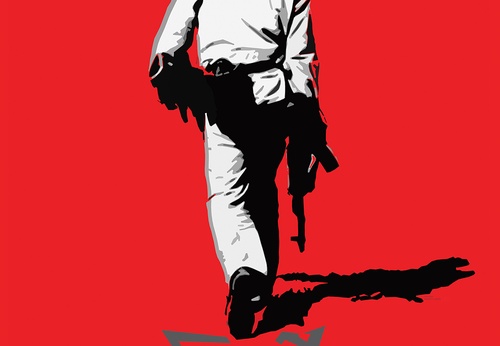
- July 02, 2025
Israel Will Surely Be Destroyed

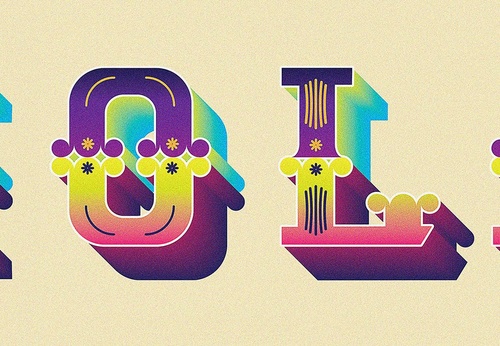

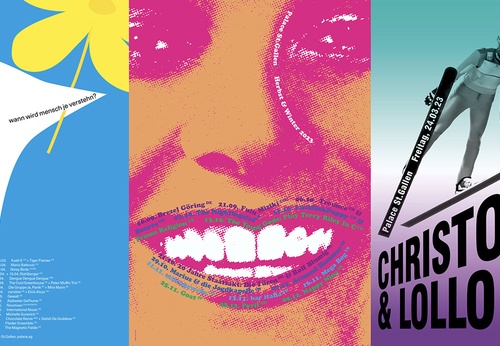
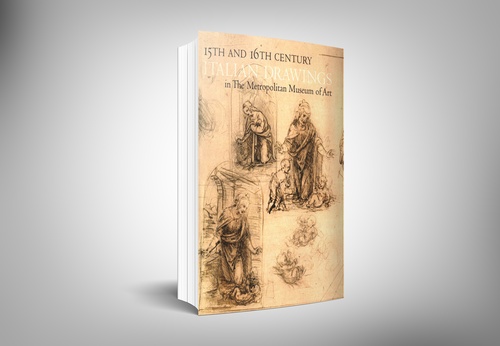
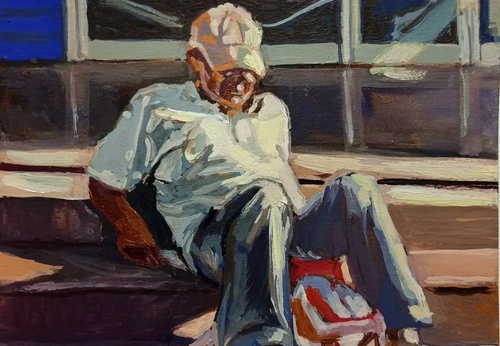
- July 01, 2025
Gallery Of Sculpture By Leandro Mompié - Cuba

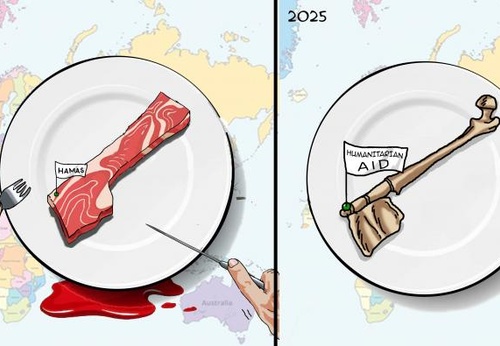
- July 01, 2025
The ruins of Gaza

- June 29, 2025
Peruvian painter Gerardo Chávez dies at…

- June 29, 2025
ARCOmadrid 2026 Opens Call for Entries …

- June 29, 2025
José María Velasco: The Landscape Artis…

- June 26, 2025
It houses 40 legacies of Latin American…

- June 18, 2025
Winners of the “Holosaide” event announ…

- June 18, 2025
The Major Exhibition of the Malba Colle…

- June 16, 2025
Pedro Roth Exhibition at the National A…

- June 15, 2025
Malba Pays Tribute to Luis Felipe Noé w…

- June 15, 2025
Contemporary Italian Painting on Displa…

- June 13, 2025
Impacto da Arte Digital na Sociedade

- June 13, 2025
The Geometric Essence of Fanny Sanín on…

- June 12, 2025
Guillermo García-Cruz's 'Divergent Stru…

- June 12, 2025
Book Brasília, the art of democracy wil…

- June 11, 2025
In 2025, SP-Arte Rotas will include nar…

- June 11, 2025
The Barranquilla Museum of Modern Art

- June 10, 2025
Discovery of William Turner's Work

- June 10, 2025
One of the largest art events in Latin …

- June 10, 2025
Centre Pompidou debuts in South America…

- June 09, 2025
MON opens its doors to a sensory worksh…

- June 09, 2025
Regional talent conquers spaces with co…

- October 08, 2023
Illustrations reflect the brutal Israel…

- December 25, 2023
The jury statement of the Iran-Brazil F…

- July 29, 2023
History of Caricature in Brazil

- September 01, 2023
Neural Filters in new photoshop 2023

- April 20, 2024
Poignant Image of Grief Wins Mohammed S…

- May 22, 2025
Brady Izquierdo’s Personal Exhibition O…

- March 21, 2024
The history of art in Palestine

- October 21, 2023
Erick Meyenberg and Tania Ragasol at th…

- March 14, 2024
museum of statue of van gogh

- August 09, 2023
Venezuela mural expresses solidarity wi…

- March 15, 2024
museum of sculpture of Salvador Dali

- March 30, 2024
illustration websites in Latin America

- May 20, 2024
Latin American Festival of Performing A…

- May 25, 2025
Bordalo II to hold exhibition in Paris …

- July 30, 2024
The artist from San Luis Mirta Celi rep…

- March 18, 2025
Works by Cuban Artist Eduardo Abela in …

- July 03, 2024
Newly discovered rock art in Venezuela

- April 18, 2024
Israel Pavilion at Venice Biennale clos…

- January 04, 2025
Material Art Fair 2025

- January 12, 2025
The Ralli Museum in Punta del Este

- February 18, 2024
7 Ways to Understand What Visual Arts A…

- May 15, 2024
Eleven murals for Gaza painted across t…

- October 08, 2023
Illustrations reflect the brutal Israel…

- January 02, 2025
13 commemorations that will mark the cu…

- October 17, 2023
The influence of Latin American artists…

- December 25, 2023
The jury statement of the Iran-Brazil F…

- November 17, 2023
Fernando Botero's work is booming after…

- July 29, 2023
Piracicaba International Humor Exhibiti…

- February 03, 2024
THE HISTORY OF NAIF ART

- November 06, 2023
Heba Zagout: Palestinian artist murdere…

- February 01, 2025
A maior exposição de Botero em Barcelona

- July 02, 2024
One of the largest urban art galleries …

- December 10, 2023
Sliman Mansour and Palestinian art on t…

- July 20, 2024
First International Mail Art Biennial 2…

- September 01, 2023
Neural Filters in new photoshop 2023

- October 30, 2023
Palestinian turns images of the Gaza co…

- October 23, 2023
Controversy over the project that will …

- March 14, 2024
museum of statue of van gogh

- February 06, 2024
Bolivian artists will be at the 2024 Ve…

- February 08, 2024


